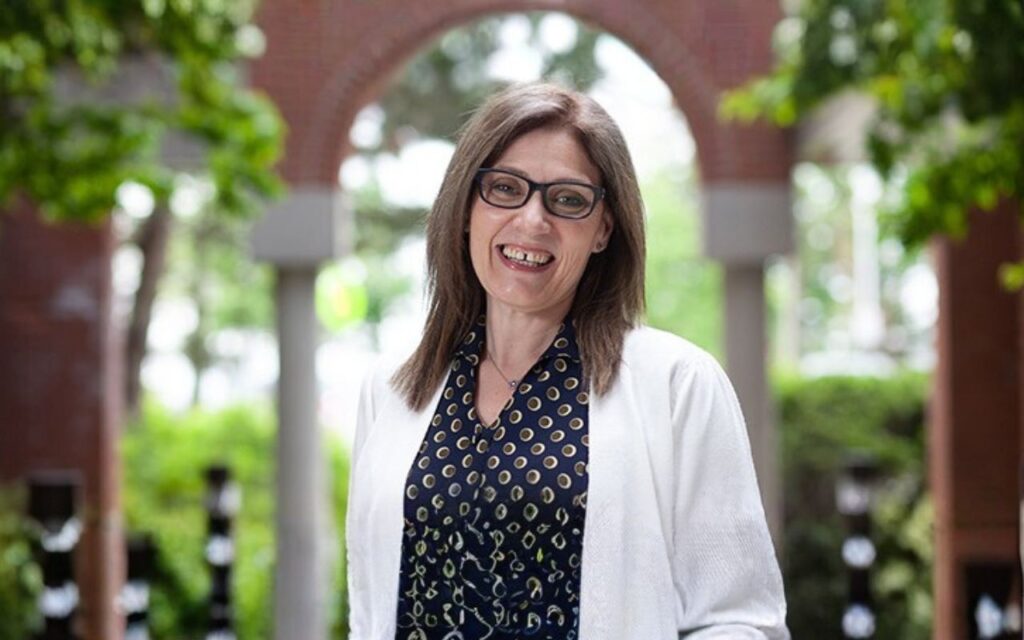
We tend to picture divorce as something that happens when couples are young – kids at home, careers just taking off. But something quieter is happening across Canada: marriages are ending in later life, with many people aged 50 and older parting ways.
And the reasons for this “grey divorce” phenomenon go well beyond one spouse falling out of love.
50+ divorce: On a slower decline
Interestingly, on the surface, divorce in Canada is falling. The overall divorce rate dropped from about 13 per 1,000 married people in 1991 to just under 8 in 2019, and around 6 in 2020. That year, there were 42,933 divorces – the lowest number recorded since 1973.*
Yet, when you look at older spouses – those aged 50 to 64 – some interesting trends appear.
Analyses show the divorce rate among married Canadians aged 50+ climbed about 25 per cent, between 1991 and 2008.
And while fewer Canadians were getting divorced between 2016 and 2020 – the last time data was collected – more people over 50 were getting divorced than younger couples.
So, what’s behind the numbers? Why are couples who have been together for decades suddenly rethinking things? And what’s specifically driving women to call it quits?
Finances and changing times
One factor is financial independence, especially for women.
Charlaine Avery, a British Columbia-based registered clinical counsellor specializing in discernment and couples counselling, explains that, unlike previous generations, “Women have more economic freedom … they don’t have that guaranteed impoverishment that would’ve happened in the past,” and aren’t staying married out of financial necessity.
Coupled with that is a cultural shift: divorce is no longer as taboo as it once was, but rather, “destigmatized and accepted,” Avery reflects. “Back in the day, you had to prove infidelity to end a relationship.” Today, that’s no longer true; people don’t need a socially acceptable “reason” to leave.
With fewer social or cultural barriers to separation, personal dissatisfaction becomes more of a trigger. Many of Avery’s clients view separation as an act of self-respect. This shift, she explains, is especially powerful for those entering their later years, after spending decades taking care of their partner and kids. They’re finally considering themselves and asking, What do I want?
The golden years and longer lives
Another piece of the puzzle is the often-overlooked retirement and empty-nest stages. When the kids are grown and gone, and work routines slow down, couples are suddenly face-to-face without the distractions that once kept them busy.
Avery describes this moment: “How do you fit this person into this routine they were never in before? They retire, and want to be involved, but they can be intrusive and demanding rather than helpful or diplomatic.
I’ve seen women decide they want a better quality of life, or old issues that never got dealt with come to the forefront … There’s no children to distract them.”
Then there are longer lifespans and the reflection that comes with that.
As people live into their 80s and beyond, the notion of “the rest of your life” stretches further than it used to. That longevity means more time to ask: Are we still connected? Do we still have shared values and purpose?
Avery often hears older female clients express a quiet but insistent realization when reflecting on their caregiving roles. They’re exhausted and often feel that, “life is too short and I haven’t much left,” she says.
Intimacy issues
Avery mentions couples facing mismatched expectations around intimacy as another driver of grey divorce, including how sexual expectations have changed dramatically over generations.
Women have more agency than ever before, able to assert their desires, boundaries, and pleasures – something that was often limited in previous generations. At the same time, broader acceptance of varied sexual preferences, lifestyles, and identities means that partners are navigating increasingly complex terrain. What one person wants or expects may not align with another’s, and mismatched desires can create tension or even contribute to relationship breakdowns.
Crucially, Avery also notes that people “no longer have to tolerate abuse.” With greater access to resources, they can now leave relationships involving physical, sexual or emotional harm – options that “weren’t available for my grandparents.”
And as social structures evolve, more women are working outside the home or moving from rural areas to cities. “There’s a lot more availability of alternate partners,” says Avery, adding that this has increased both temptation and opportunity. “You might’ve been flirting with somebody, but now it’s much easier to change that into physical infidelity.”
Whatever the reasons older Canadians might divorce, the split doesn’t usually happen suddenly. It’s often the endpoint of gradual change, sometimes catalyzed by an urge to live whatever remains of life to the fullest. The tipping point? Avery sees many take action when their finances are in order, and it makes “economic sense.”
Of course, divorcing later in life comes with its own challenges: untangling decades of shared finances, recalibrating retirement plans and dealing with social networks built around a married identity. And today, many view it less as failure and more as realignment: the courage to choose personal fulfillment, even after years of marriage.
*Thought to be in part due to barriers in accessing court services during the COVID-19 pandemic







